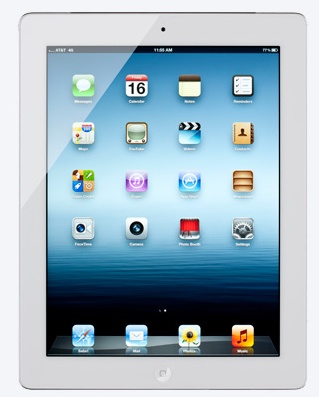2014 is shaping up to be a breakout year for indoor location technologies in retail environments, as early adopters enter the final year of the three-year technology adoption cycle, shifting from trials to full-scale deployments, according to ABI Research (www.abiresearch.com).
Furthermore, BLE/iBeacons is creating a wave of second generation start-ups in this space that will help to drive new growth and use cases across all major verticals. Combined, this is expected to result in over 30,000 indoor location installations in 2014.
In the latest edition of ABI Research’s quarterly Market Data “Location Technologies,” forecasts for the adoption and resulting revenues for all indoor location technologies are provided across over 11 major retail verticals.
“We can clearly see major grocery and pharmacy chains really pushing towards this technology,” says Senior Analyst Patrick Connolly. “These are very competitive verticals, which can benefit significantly from identifying and targeting loyal customers. Both already have large loyalty and advertising/offers deals in place and from a practical point of view, in-store items can be difficult to find. All of this makes indoor location a perfect fit.”
It’s interesting to note how other verticals are looking at using the technology. In the fast food space, where indoor location was not originally envisioned as having major success, a small percentage improvement in queue lengths can translate into millions of dollars. A number of chains are now trialing the technology purely for that purpose.
“With a number of initial trials now moving into full deployments, what we are seeing is broad regional and vertical adoption,” says Dominique Bonte, ABI Research’s vice president and practice director. “The arrival of low-cost BLE beacons and Wi-Fi solutions will help to catalyze adoption in 2014, removing many of the CAPEX barriers that exist. We are now seeing these technologies posing a major threat to the traditional RTLS market, with a number of hospitals and corporate/enterprise customers assessing BLE to see if it can meet their requirements.”


